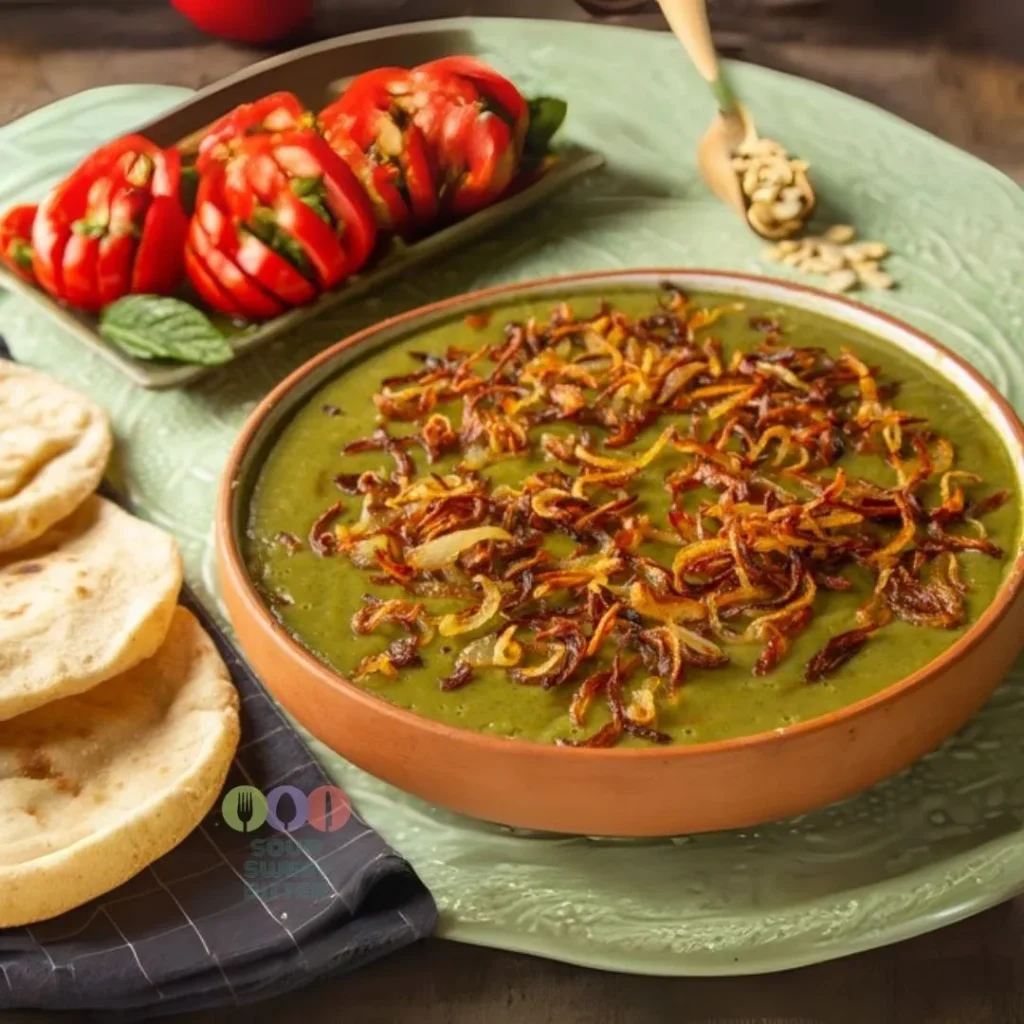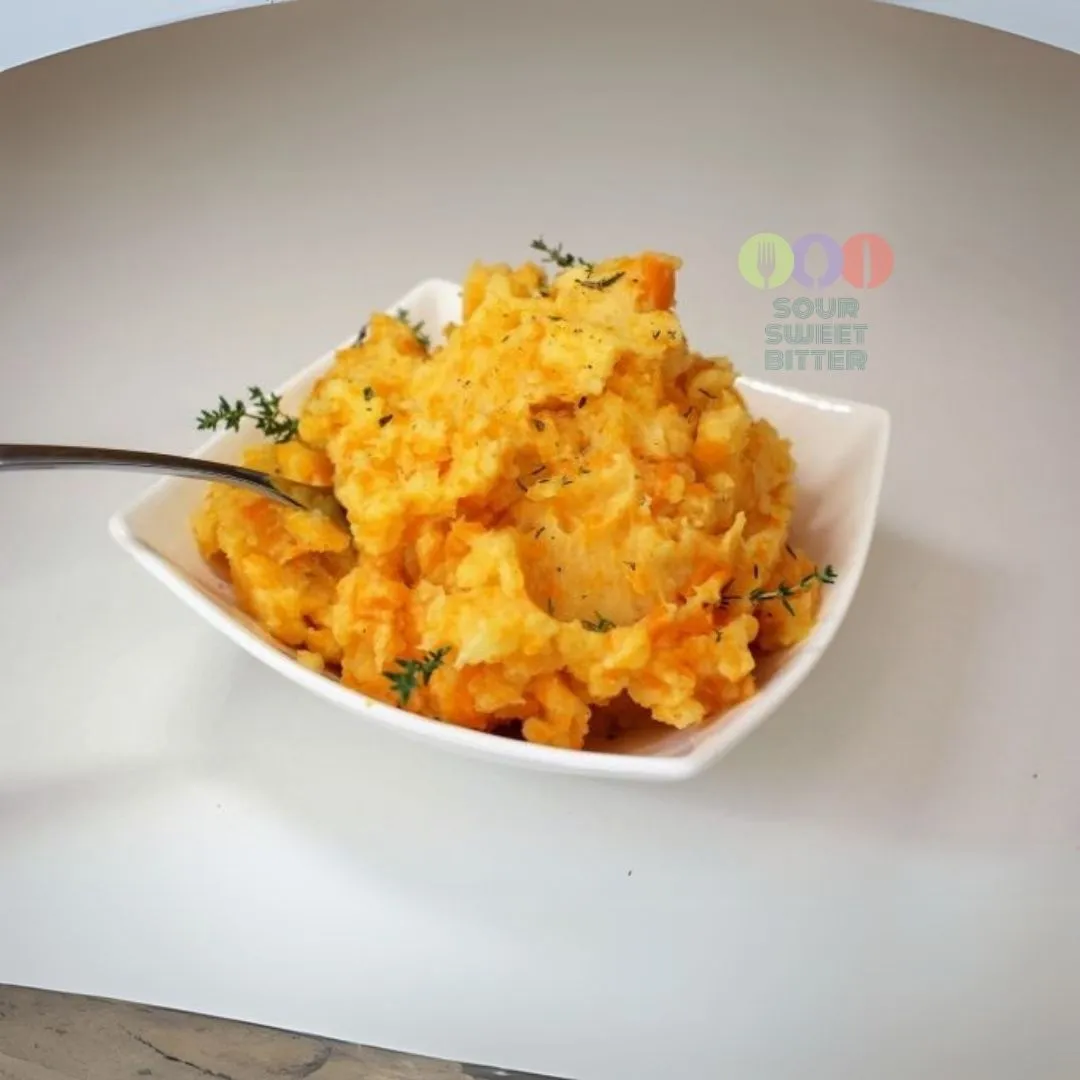The Legacy and Heritage of Egyptian Bissara
An Ancient Egyptian Culinary Treasure
Bissara is not just a dish; it reflects Egypt’s enduring culinary traditions. This nutrient-rich fava bean purée dates back to the pharaohs. Legumes were a staple for both the elite and working class. Archaeological findings show that fava beans grew along the Nile Delta, securing their place in Egyptian cuisine for millennia.
The Deep-Rooted Cultural Importance of Bissara
Bissara is more than food; it represents Egyptian home cooking. Generations have cherished this dish for its nourishment and energy. It has transitioned from a simple meal to a celebrated street food, enjoyed in homes and markets alike.
Traditional Craftsmanship: The Art of Making Bissara
Making authentic Egyptian Bissara involves soaking dried fava beans and blending them into a silky paste. Garlic, onions, cumin, coriander, and fresh herbs like parsley and dill add depth. Slow simmering enhances its richness. A final garnish of olive oil or crispy fried onions completes the dish. While some regions use different spices, Bissara’s essence remains the same—delicious and wholesome.
A Dish for Every Occasion
Bissara is versatile and enjoyed in many ways. It can be eaten warm as a dip with pita bread, as a soup, or spread on crisp toast. Some versions add chili for spice, while others highlight fresh herbs. This adaptability has made it a beloved staple for Egyptians of all backgrounds.
The Health Benefits of Fava Beans
Bissara remains popular due to the nutritional benefits of fava beans. Rich in protein, fiber, iron, and vitamins, this dish is a powerhouse of nutrition. Garlic, olive oil, and herbs enhance its health benefits, supporting digestion and boosting immunity.
Bissara’s Connection to the Global Culinary Landscape
While this dish is central to Egyptian cuisine, similar dishes exist across North Africa and the Middle East. Countries like Morocco, Tunisia, and Lebanon have their own versions, reflecting a shared culinary heritage. Despite regional differences, the essence of Bissara remains unchanged—a simple yet satisfying meal.
Experience the Tradition at Home
Making Bissara at home is a great way to honor centuries of Egyptian tradition. Whether you follow a classic recipe or add a personal touch, this dish shows how simple ingredients create extraordinary flavors. Next time you want a wholesome, nourishing meal, try Egyptian Bissara—a dish steeped in history and culture.
Discover Traditional Egyptian Recipes Discover Traditional Asian Recipes You may like this also: French Vichyssoise
Egyptian Bissara
Ingredients
Instructions
-
In a pot on the stove, put the oil, brown the onions and leave aside until the onions turn yellow, add 3 cups of water, then add the beans, parsley, dill, coriander, salt, pepper, cumin and mint and stir well and leave on the stove for an hour to cook.
-
After the ingredients are cooked on the stove, put them in an electric blender and mix well.
-
In a pot on the stove, add two minced garlic cloves and half a tablespoon of ground coriander and fry the Bissara. As soon as the garlic turns red, add the Bissara and stir.
-
Put the mixture on the stove for a little while until it boils, stirring constantly.
-
Pour the Bissara into plates and decorate the onion on top and fresh mint for decoration.
-
Your traditional Bissara is ready. شهية طيبة!















